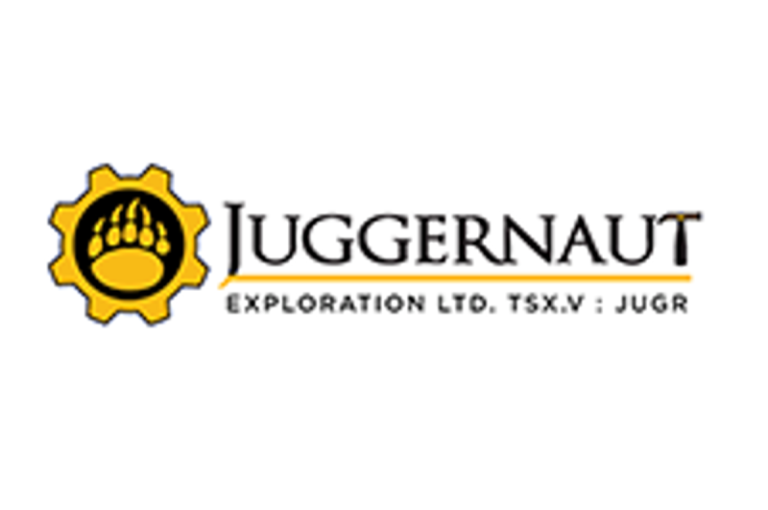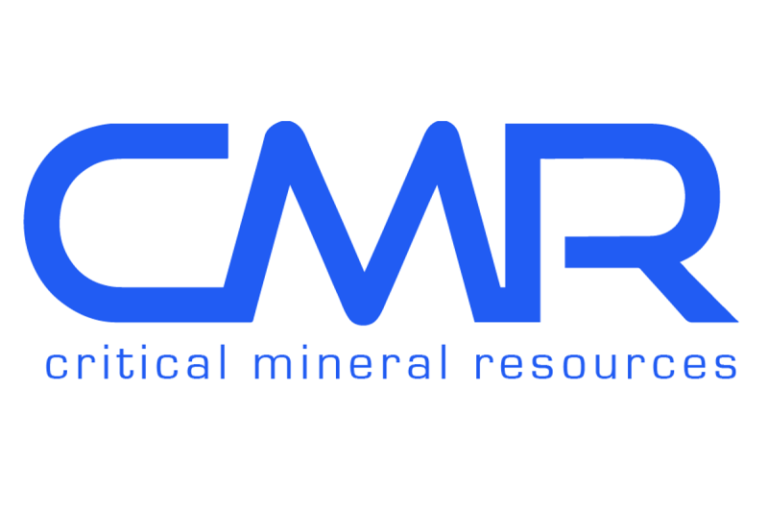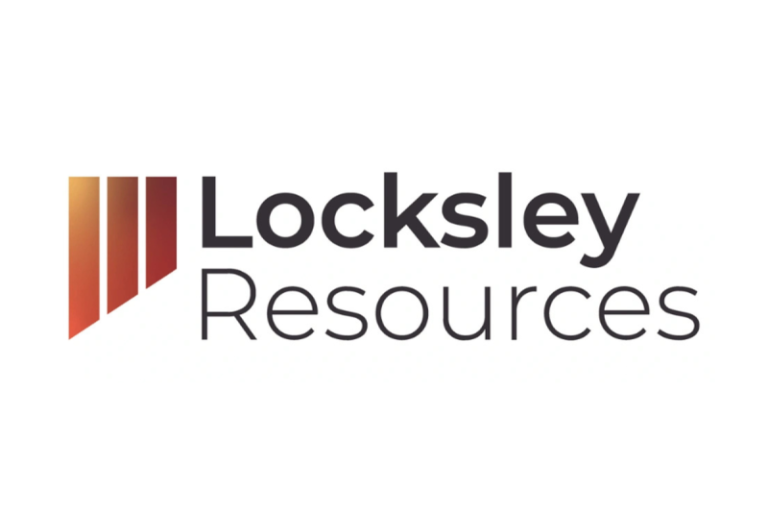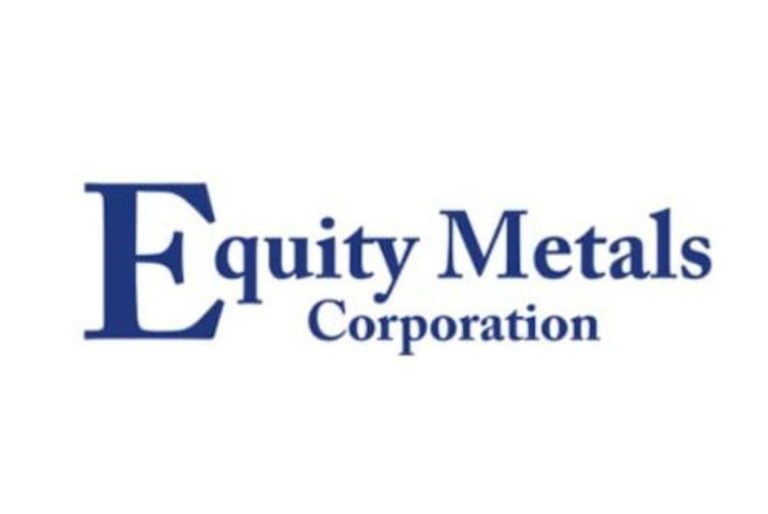Critical Mineral Resources plc (“CMR”, “Company”) is delighted to announce extremely encouraging results from its maiden core drilling programme at Agadir Melloul, confirming a significant new, shallow copper discovery and establishing the foundations for a potential district scale sediment hosted, copper-silver play.
Highlights
- Exceptional near surface copper intercepts including:
- 5.8m at 1.12% Cu / 19g/t Ag,
- 6.5m at 1.03% Cu,
- 4.7m at 1.48% Cu, in addition to
- 6.0m at 1.4% Cu / 31g/t Ag from the newly identified Rhyolite Target, all exceeding our expectations.
- These results allow for a significant growth runway with less than 1% of the project area drilled. Ongoing mapping confirms a district wide mineralised envelope, consistent with our 25 million tonne Initial Exploration Target.
- Shallow, near surface tabular copper deposit supports low capex and rapid development pathway, with a geometry amenable to open-pit operations.
- The new Rhyolite Target copper-silver discovery adds a second, potentially large scale, mineral system, materially expanding the projects already significant upside potential.
- On track to break ground on the Initial Mine Development in 2027, with a maiden resource expected as early as H1 2026.
Drill results
Sediment hosted mineralisation:
- BH01 – 5.8m at 1.12% copper and 19g/t silver from 2.2m
- BH04 – 2.5m at 0.85% copper and 4g/t silver from 1.5m
- BH06 – 2.0m at 1.3% copper from 16m
- BH07 – 1.3m at 0.98% copper from 16.7m
- BH09 – 3.0m at 0.75% copper from 10m
- BH12 – 4.0m at 1.04% copper from 2.0m
- BH 35 – 7.5m at 0.97% copper inc. 6.5m at 1.03% copper
- BH 36 – 4.7m at 1.48% copper from 17m
- BH 38 – 4.7m at 1.03% copper from 27m
- BH 43 – 3.0m at 1.1% copper from 6.0m
- BH 45 – 1.60m at 1.1% copper from 6.0m, 4.0m at 0.77% copper and 2.0m at 1.05% copper from 16.4m
Also, the new Rhyolite Target copper-silver discovery confirmed in late October, with the first drill hole returning very encouraging results:
- BHR01 – 6.0m at 1.4% copper and 31g/t silver from surface
Fig.1 Zone 1 North, long section showing shallow undulating mineralisation
Source: Company
Fig.2 Zone 1 North cross section
Source: Company
Charlie Long CEO commented:
“These excellent results have surpassed our expectations. We are seeing broad zones of consistent, high quality copper mineralisation in a very shallow setting, with multiple intercepts over 4m. This is a brilliant outcome, and the Initial Mine and Strategic Resource strategies are both on track.
It is particularly exciting that we have drilled less than 1% of our 50km2 sedimentary target, and geological evidence points to a large, mineralised copper system that extends across the project area. This positions the project as a scalable, district level opportunity, and we expect continued drilling to deliver a steady flow of excellent assay results as we build towards an extensive resource.
Agadir Melloul is different from most copper development stories in the market. It combines true scale potential, shallow geometry with near surface setting, creating economically and operationally favourable mining conditions in an excellent jurisdiction. This gives us a pathway to delivering a fast tracked, near surface operation.
And now we also have the unexpected bonus of a rhyolite hosted mineralisation target. This is an exciting discovery, which our team believes represents a second standalone mineral system with strong copper and silver grades. If our working model holds, this could transform Agadir Melloul into a multi-deposit copper district, dramatically enhancing its long-term strategic value.
Our shareholders have been patient, and we are now entering a period where we believe that patience will be rewarded. We are planning to accelerate our drilling program with an additional rig, to drill multiple targets, and ultimately add equity value from different parts of the project. The momentum is gathering, and we can look forward to much more good news in the future.”
Sedimentary copper – depth, grade and thickness
CMR’s Initial Exploration Target of 150,000 to 200,000 tonnes of contained copper is based on a shallow, semi-continuous tabular resource with a 2.0m average thickness and an average grade of 1.2% copper equivalent. While we are retaining the 2.0m target for now, today’s assay results indicate clear potential for the average thickness to exceed our current assumptions, proving tangible resource growth potential as drilling progresses.
The geometry of our exploration target is comparable to several well-known sediment hosted copper orebodies in the Zechstein Basin, such as KGHM’s Lubin Mine in Poland, which has an average thickness of 2.8m (ranging from 1.5m to 5.0m) and an average reserve grade of 0.95% copper and 48g/t silver. Lubin operates at depths of 368m to more than 1,000m.Its longevity and scale is supported by the exceptional consistency of the Kupferschiefer orebody.
Agadir Melloul has similar geometry to Lubin but benefits enormously from very shallow, near surface mineralisation. Shallow mines typically benefit from lower capital intensity, lower sustaining and reserve development costs, and favourable mining economics, all of which support a fast-track development profile.
Strategic Resource Strategy
Concurrently with the Initial Mine development, CMR is moving aggressively to advance its parallel strategy of delineating a large-scale strategic resource at Agadir-Melloul. With our own, new core drill rig arriving imminently, drilling will accelerate sharply, enabling rapid expansion of the known mineralised footprint.
Our primary target is a laterally semi-continuous 1.5m to 3.5m thick extensive zone of mineralised sediments, comprising limestones, dolomites and microconglomerates. Mineralisation within this sequence demonstrates strong lateral continuity, with higher grade zones developing where host rocks exhibit elevated permeability and porosity, a model that supports the potential for a large-scale discovery.
Summary and rhyolite assessment
CMR remains firmly on track to deliver a shallow, open pittable, maiden resource by late Q2 to early Q3 2026, sufficient in scale to underpin the Initial Mine development.The initial resource’s grade and geometry is expected to be in line with our target of a near surface, 2.0m thick and 1.2% copper equivalent deposit, with potential for thickness to increase based on current intercepts.
The Rhyolite Target discovery has created a major new growth vector. There are various scenarios, all of which are very positive. The base case is that drilling delineates a near surface rhyolite hosted mineralisation through secondary enrichment. Even this would represent a highly valuable addition to the project.
However, our working hypothesis, is that the rhyolite was mineralised with primary copper and silver, which would constitute an entirely new igneous hosted copper system within the project. This scenario would significantly elevate Agadir Melloul’s long term and large-scale potential.
CMR will shortly be selecting representative core samples from both styles of mineralisation for thin-section and associated detailed petrology and mineralogy studies.
Fig.3 Current portfolio map
Source: Company
Fig.4 Drilled area in dark grey represents <1% of project’s 50km2 target limestone
Source: Company
Fig.5 Geological model showing mineralised envelope and targeted higher-grade zones
Source: Company
Fig.6 Rhyolite Target core
Source: Company
Outlook
Following publication of the resource estimate in H1 2026, CMR will immediately commence the Agadir-Melloul feasibility study and Environmental Impact Assessment for the processing plant, as it targets construction of the Initial Mine during 2027. With the Company’s own, new rig arriving imminently to accelerate exploration, we expect drilling density, mineralised footprint, and resource to grow rapidly.
The project is emerging as one of the most compelling new copper discoveries, with size, grade, geometry, and multi system upside rarely seen at this early stage of exploration.
Competent Person Statement
The technical exploration and mining information contained in this announcement has been reviewed and approved by Mr. Robert Nigel Chapman. Mr. Chapman has sufficient experience which is relevant to the style of mineralisation and type of deposit under consideration and to the activity to which he is undertaking to qualify as a Competent Person as defined in the 2004 Edition of the ‘Australasian Code for Reporting of Exploration Results, Mineral Resources and Ore Reserves and as a qualified person under the AIM Note for Mining, Oil and Gas Companies. Mr. Chapman is an employee of Luna Recursos Naturales SAC, an independent geological consultancy established in 2014 and is a Member of the Australasian Institute of Geoscientists (A.I.G.) Mr. Chapman has visited Agadir Melloul and consents to the inclusion in this Announcement of such information in the form and context in which it appears.
The information contained within this announcement is deemed by the Company to constitute inside information as stipulated under the Market Abuse Regulation (EU) No. 596/2014 as it forms part of United Kingdom domestic law by virtue of the European Union (Withdrawal) Act 2018, as amended by virtue of the Market Abuse (Amendment) (EU Exit) Regulations 2019.
Source
This post appeared first on investingnews.com










